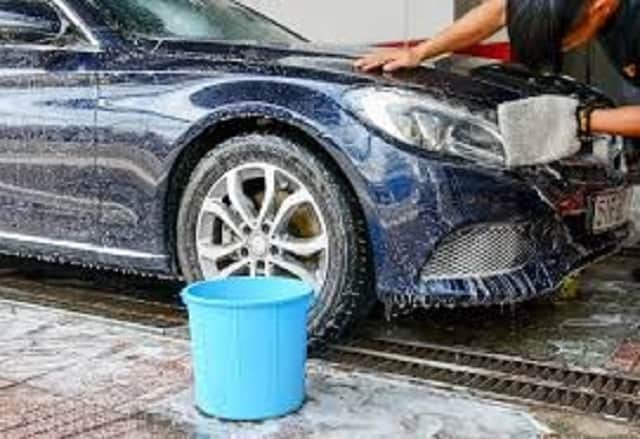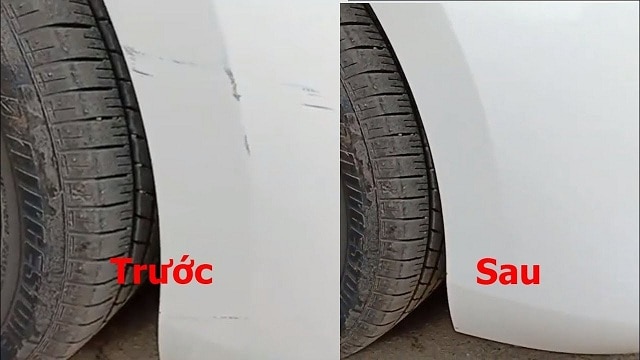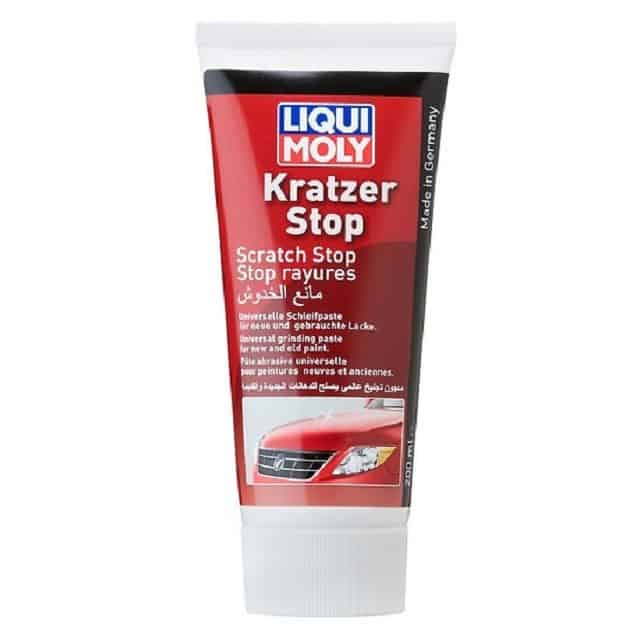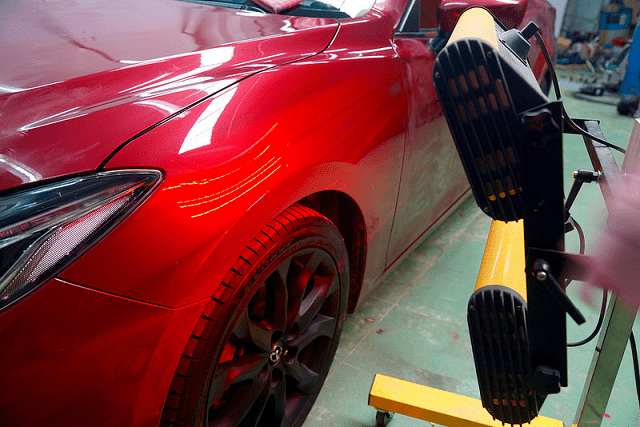When owning a car, everyone wants to maintain its luxurious beauty and always be as new and perfect as its original appearance. Therefore, everyone feels uncomfortable when scratches appear on their "car" box.
However, for some unexpected reason, scratching your beloved car will make you worry and struggle to find ways to remove the scratches. You can rest assured 5 experiences in removing car scratches Below will help the scratches on your car quickly disappear.

The first stitch is that you should clean for scratches and the surrounding area. Because when the scratches appear but you have not dealt with them promptly, during the process of walking on the dirt the dirt will cling and freeze. If not cleaned, it will be difficult to erase the scratch effectively.

In the case of minor scratches, you can refresh at home in the following ways:

Use a scratch removal pen in the case of shallow scratches that only touch the outer glossy paint. Use a scratch eraser pen of the same color, clean the scratches and then brush on. But the scratch removal pen can only work effectively for a very short time, so this is only a temporary solution.
After cleaning the scratched area, use a sponge to add a little cream and then beat your hands in a circular motion on the scratch. Then wipe with a towel, perform this operation 3-5 times until the scratch is gone. Finally, to protect yourself, use a protective wax brushed up like when brushing cream erase.

Large scratches are often caused by strong bumps, or accidents, causing serious loss of aesthetics to the surface of the car.You should remove scratches on cars as soon as possible. For severe scratches, it requires more equipment and technology. You need the car scratch polishing method that most professional car care places are using. So now you need to go to professional garage to handle.

When severe scratches you can not handle themselves, you should bring the car to a professional and reputable garage to achieve the best effect. Come here, your beloved driver will be taken care of with high-quality materials, poker and scratches. Each stage of scratch removal is performed correctly and with absolute efficiency.
You should note that when the car has small scratches, it is necessary to handle it as soon as possible to avoid getting scratched bigger and harder to handle. With our experience in car scratch removal, we share hope that it will be helpful for you in the best care and maintenance of your car.
Cars Care Service Price Sheet At Thanh Phong Auto HCMC VietNam:
* The cars that we have mechanics: Mercedes, BMW, Audi, Lexus, Toyota, Honda, Mazda, Mitsubishi, Kia, Daewoo, Hyundai,Ford, Nissan, Volkswagen, Porsche, Chevrolet, Rand Rover, Innova, Fortuner, Vios, Fiat, Bugatti, Ferrari, Bentley, Hummer , Chrysler, Dodge, Renault, Cadillac, Volvo, Subaru, Daihatsu, Ssangyong, Roll-Royce, Peugeot, Smart Fortwo, Tobe M'car, Luxgen, Zotye, Haima, Geely, Baic, Hongqi, Cmc, Mini Cooper, Buick, Opel, Acura, Aston Martin, Vinfast, TQ Wuling.
To keep your vehicle running properly at all times, we offer a number of services that are carried out by our certified, expert auto service and repair technicians who have years of experience performing everything from oil changes to a complete engine overhaul.
LEAVE COMMENT